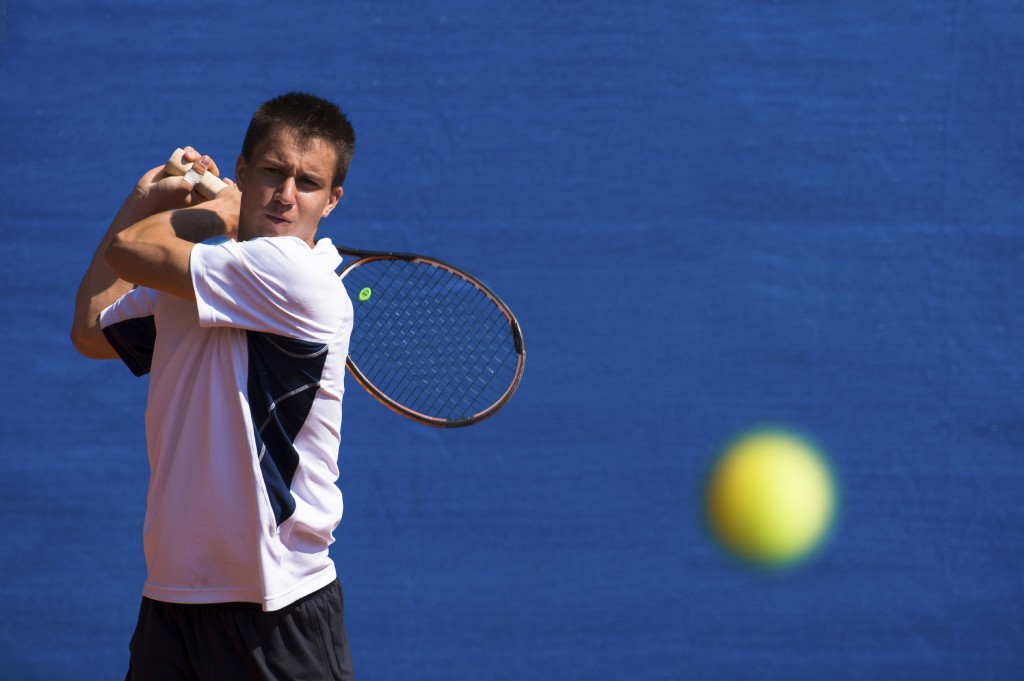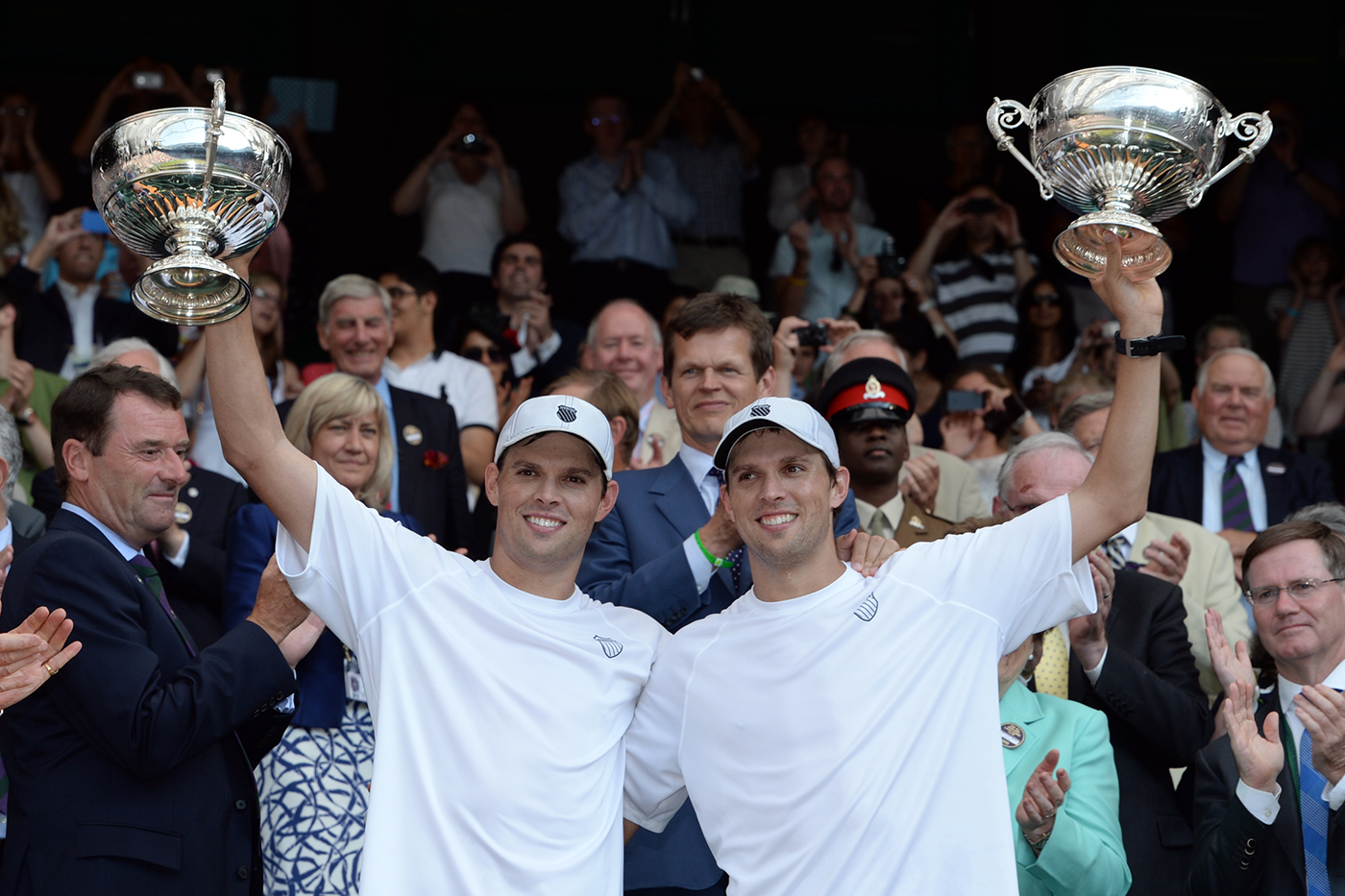 From a physical standpoint, most people should use a two-handed backhand. You get more power and control with a two-hander because you get to use bigger muscles when you hit a modern two-handed backhand.
From a physical standpoint, most people should use a two-handed backhand. You get more power and control with a two-hander because you get to use bigger muscles when you hit a modern two-handed backhand.
While there are benefits to a one-hander, if you’re just starting the game, you will be doing yourself a disservice if you try to learn a backhand that’s much more difficult to hit because you think it will help you someday earn a national junior championship, college scholarship or professional tournament — or to simply look like Roger Federer.
Why is a Two-Hander Easier?
Today’s two-handed backhand is closer to a left-handed forehand (for right-handers) than a one-handed backhand. That’s because the trailing arm is dominant.
When you hit a forehand, you use large muscles, primarily the biceps, deltoids and pectorals. You also get to bring more of your hips and trunk into the shot. When you hit a one-handed backhand, you rely on weaker muscles, including the triceps and shoulder and some back muscles.
But when you hit a modern two-handed backhand, your trailing arm is the dominant arm, not your front arm (closest to the net). This means that a right-handed player will use the left arm to push the racket forward and the right hand to control the racket instead of vice versa. Instead of relying on the weaker muscles (triceps and shoulder) of the right side of your body to hit the backhand, you get to use the bigger muscles (pecs, delts, biceps) on the left side of your body.
A two-handed backhand also lets you play high-bouncing balls with topspin and power. When you play with a one-handed backhand, you must use slice for most high balls.
Benefits of a One-Hander
A one-handed backhand gives you more range when you’re pulled wide. But do you want to develop a backhand that’s helpful for the (hopefully) minority of shots you hit? Or would you rather have a backhand that’s best for most shots?
A one-handed backhand is also better for slicing the ball, which can be a valuable weapon. A good coach can help you learn how to spot the best situations for a slice and how to add this one-handed shot to your game, even if you have a two-handed backhand.
A one-handed backhand also helps you make an easier transition to a backhand volley and lets you handle one-handed backhand overheads more easily.
Not sure if a one-hander or two-hander is better for your game? Ask a PlayYourCourt coach.
Search for the best instructor in your area.
[sc:zip_search_btn] [sc:zip_search_js]
